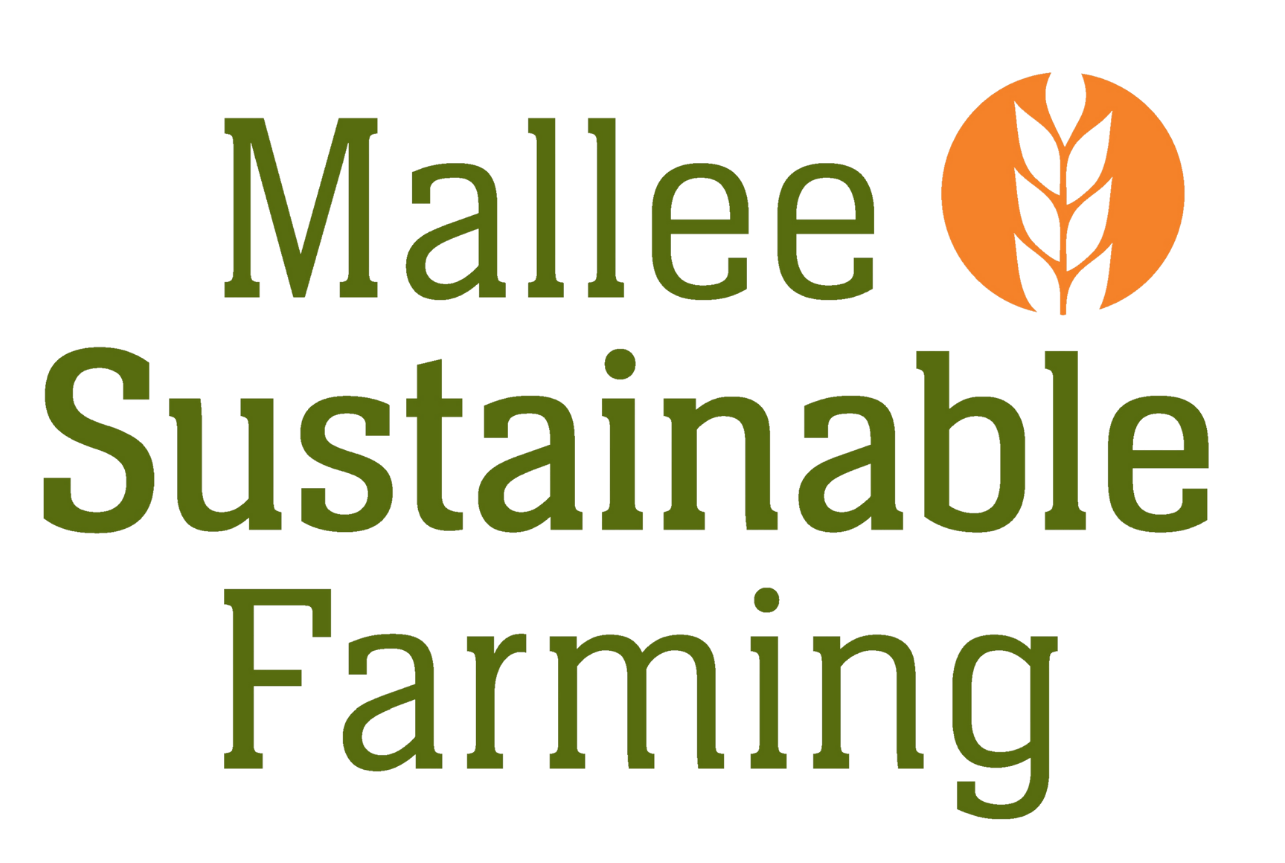
Mallee Seeps have become a significant land management issue in recent years, causing productive farming ground to become saturated, unproductive, weed infested and eventually totally degraded as bare saline scalds or water basin.
Seeps have become more evident in the last 10 years and are likely due to farming system changes coupled with very high rainfall periods. Farmers identify that poor water use on deep sands (impacted by effective summer weed control) has led to new seeps appearing in both mid-slope and swale areas below.
This project aims to tackle seep management in three ways:
- Early ID of seeps using new and existing remote sensing tools to identify areas at high risk for seep formation
- Preventing seep formation – demonstrating the best high water use options for different systems
- Remediation of existing seeps – categorise seeps by severity and apply the best treatment in the right area
Join the Seep’s Discussion Group here

Seeps: a threat all Mallee farmers can conquer
Farmers from across the South Australian and Victorian Mallee region now face the serious threat of permanent loss of productive farming land to the scourge of seeps.
Mallee Sustainable Farming is now providing much needed support to farmers to help them tackle this problem head-on through identifying how such seeps sites can be best managed and remediated.
Here you will find valuable information for developing practical and innovative management practices arising from targeted on-farm research and demonstrations and farmer experience.
View the Mallee Seeps Decision Tree here
Working together with Mallee Farmers is Australia’s best research and extension capability
Mallee farmers are not alone in taking on the threat of Mallee Seeps. Mallee Sustainable Farming has recruited the best in research expertise from CSIRO, Frontier Farming and the University of Adelaide in an effort to better understand why, how and where Seeps are most likely to occur.
Complementing this is exceptional extension capability and farmer linkages provided by Insight Agricultural Extension, AgriVision, Mallee CMA, Coorong-Tatiara LAP and the Murraylands and Riverlands Landscape Board, not to mention valuable inputs from Mallee farmers themselves; who are collectively developing practical solutions to remediate seep affected land to help bring it back into production.
All of these efforts would not be possible without the generous support of the National Landcare Program, the Grains Research and Development Corporation and the Murraylands and Riverland Landscapes Board.
View the Mallee Seeps Decision Tree here
The Aim of Mallee Seeps Projects
Working with Mallee farmers, the project aims to:
- Create an awareness and understanding of the potential threat posed by Mallee seeps
- Identify practical strategies to reduce the impact of seeps and remediate seep-affected land through increased utilisation of soil water within paddocks
- Support farmers in making informed decisions that reduce the on-going threat of seeps
All Mallee farmers are invited to participate in this important project, share their experiences and develop practical long-term solutions to beating seeps.
Videos
HOW TO INSTALL A PIEZOMETER TO TEST SALINITY
A piezometer is a small bore hole used to help us define where the depth of the water table is and to collect water from depth and test the salinity to help make decisions.
The Mallee Seeps project has piezometers installed at all of our demonstration and research sites sometimes in multiple locations for example on top of sand hill, mid-slope and on the flats.
We can also use piezometers to monitor the effectiveness of treatments that have been used to prevent seeps for example, where lucerne, tall wheat grass or trees have been planted. Farmers with seeps can install their own piezometers on farm. We have put together the exact step by step process in this video.
Feel free free to get in touch with our project team for more info: admin@msfp.org.au
Guides
-
Glossary of Terms
-
Mallee Seeps Satellite NDVI Imagery
-
40 years of seeps management in Northern Victoria
-
Case studies of seeps trial sites in the Victorian Mallee
-
Evaluation & monitoring methods for Mallee seeps
Podcast Episodes
Acknowledgments
This project is supported by Mallee Sustainable Farming with funding from the Australain Government’s National Landcare Program and the Grains Research Development Corporation and the Murraylands and Riverland Landscapes Board.
Previous
Next











